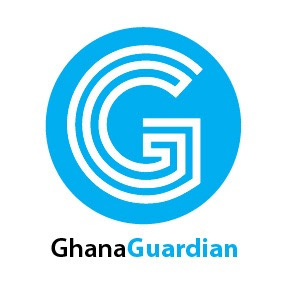The Bank of Ghana’s reserve assets recorded a major improvement, rising from US$391.1 million in April 2024 to US$1.1 billion in April 2025, driven primarily by the central bank’s gold purchase programme, according to the latest Monetary Policy Report.
This increase has significantly contributed to the strengthening of the Ghana cedi against the US dollar, reflecting growing stability in the country’s external sector.
The report highlighted a combined current and capital account surplus of US$2.2 billion, positioning Ghana as a net lender to the rest of the world. This led to a sharp rise in the net acquisition of financial assets in the financial account, reaching US$2.1 billion in Q1 2025—up from US$357.7 million in the same period of 2024.
In the area of other investments, the Bank reported inflows of US$1.4 billion, largely attributed to increased currency and deposits in commercial banks' nostro accounts.
As of April 2025, Ghana’s Gross International Reserves (GIR) stood at US$10.7 billion, providing 4.7 months of import cover, an improvement from US$9.0 billion in December 2024, which covered 4.0 months of imports.
Despite the resumption of external debt servicing following Ghana’s debt restructuring, the Bank of Ghana remains optimistic about the external sector’s prospects.
“Increased production volumes of Ghana’s key export commodities, high commodity prices, and improved remittance flows will drive strong external sector performance,” the report noted.
The Bank also pointed to the importance of maintaining policy consistency and advancing reforms under the IMF programme, which are essential to restoring investor confidence and attracting more capital inflows.
Furthermore, the ongoing operationalization of the Ghana Gold Board (GoldBod) is expected to enhance the Gold for Reserves programme, strengthening the central bank’s long-term reserve buffers.

Comments